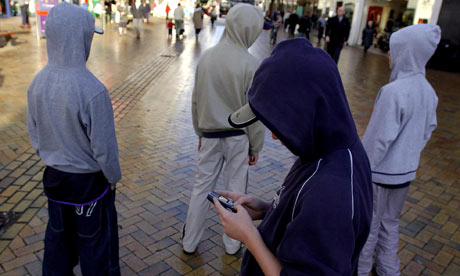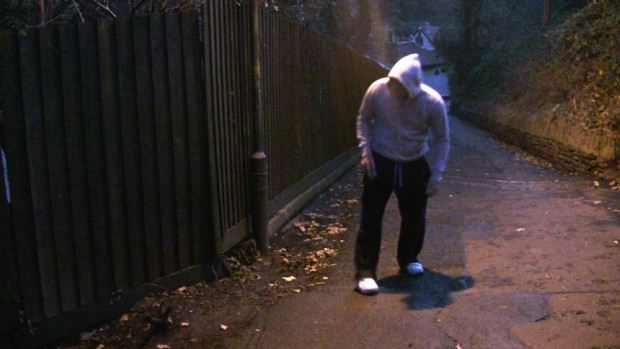

We’re admttedly pretty cynical when it comes to watching school bureaucracy plans evolve in Brunswick. Particularly when it comes to their cost and impact upon taxpayers.
That shouldn’t surprise you, because the only domain in which the school bureaucracy operates, for the most part, is in spending and its impact upon taxpayers. When’s the last time you saw them push a concerted campaign for improving the teaching of the basics (dare we say the 3 R’s?), and for improving ‘the children’s’ mastery of the very basics it takes to navigate a life in today’s complex world?
When’s the last time you heard anyone in the inner circle talk about increasing, or strengthening expectations, rather than relaxing them to account for various social maladies of our day?
Or when’s the last time you heard someone in the bureaucracy publicly apologize for allowing student bathrooms to fall into disrepair, or for allowing roofs to collapse for lack of having snow removed in time? Or for ventilation systems becoming plagued with mold? Or for that matter, those responsible being fired, or at the very least, disciplined?
The reality is that you haven’t, just as you haven’t seen or heard much about the reliably generous increases in teacher salaries independent of any performance measures.
But eventually, you do hear, whether you want to or not, about the need to spend tens of millions to remediate the incompetent stewardship of our publicly funded physical assets. At least according to PDT and Lyndon Keck, who seem to have a monopoly on school facility planning in Brunswick, Topsham, and who knows where else.
Which brings us to the heart of this post:
http://www.theforecaster.net/architect-estimated-cost-rises-for-new-brunswick-elementary-school/
“BRUNSWICK — The cost of building a new school could be at least $25.8 million, higher than initial estimates, according to a new projection. The estimate was announced at a meeting of the School Board Facilities Committee Wednesday, June 29, by PDT Architects, the firm that has been designing a potential new school building for the site of the former Jordan Acres Elementary School.”
As often happens in such coverage, the really ‘juicy’ parts of the story are buried several paragraphs further down, where those who just skim the paper might very easily miss them.
“Yet even with shaving about 11,000 square feet from an earlier design, the new estimate is higher than the $24.5 million previously presented to the board. That’s because the earlier number came from a 2014 building analysis, and was informally adjusted for inflation, according to Keck.”
So even though the size of the building was reduced by 12% plus, inflation on the smaller building still drove the project estimate up by 5%. If you do the math, you could argue that inflation is nearly 20% since that 2014 estimate. But hold on; there’s more good news:
“The board and PDT, however, still have work to do. Not included in the $25.8 million estimate are premiums for geothermal energy, playgrounds, and interior furnishings, along with inflation. Premiums included, the new school could cost about $27.8 million.”
Board members discussed bringing in furniture from Coffin Elementary School, and possibly excluding geothermal development – a savings of $700,000 – as ways to cut costs.
Can you hear the mommy mafia, the board, and the other usual suspects furiously arguing that to do so would be ‘penny wise and pound foolish, unfair to the children, and something town taxpayers don’t support?’ We sure can.
Let’s get to cranking up your steam pressure:
“Outgoing Facilities Director Paul Caron presented the pros and cons of geothermal energy, which heats and cools Harriet Beecher Stowe Elementary. “It was good in the beginning,” Caron said, but with future maintenance costs, and the low price of oil and gas, the investment looks less attractive for the future.”
If we didn’t know better, we’d say that sounds like ‘pig in a poke’ language, similar to how the ‘open classroom’ design of Jordan Acres quickly became an orphan child, with no one held accountable. But wait; there may be even better news coming, in the form of a surprise:
“There may be “big capital assets we never budgeted for,” he said.”
As the article winds down, a glimpse into reality begins to appear:
“The amount of the bond remains to be seen: if the money for a new school is combined with approximately $6 million needed to repair the aging Brunswick Junior High School, voters could be asked to approve more than $30 million.”
You can see how a careless reader might conclude the cost to taxpayers was going up by a million to $25.8 million, when in fact, ‘more than $30 million’ is clearly the talking level of the moment, and the new baseline for further discussions, since you’ve now been nudged that far along on the yellow brick road to our new utopian school plant.
We inquired of the Town Finance Director just how much of an impact the bond issue will have on our property taxes. She quickly responded with a detailed briefing on the subject she had given in March of this year. We’ve posted it here for you to read, absorb, and estimate the impact on your taxes:
https://www.scribd.com/document/318120802/School-Financing-Models-031916-Full-Pg
It may be far more detailed than most readers want to see or are willing to muddle through. Still, it has the stamp of official analysis to give it credibility. Except as to the total amount that will finally come before us for a vote.
Given the way things work around here, you might want to think in terms of $33 to $35 million, which is a far more likely amount. Or, if you look at page 2, and conclude the eventual outcome will be to go for the whole magillah, with the various escalators that will sneak in, more like $40 million.

Needless to say, it looks like we may have to call LT Dover, Benjamin back into duty to help us get into shape for what’s coming.

He should be enough to help the fragile and malleable amongst us come to terms with our tax outlook for the next several decades. Once the final number is decided upon, we expect the School Board to break it to us gently, and encourage us to accept the figure as one we can all adapt to.

All of this on top of revaluation may make it extremely confusing and difficult for some, however, and especially those who try to get to the bottom of things.
Resistance, however, is futile; there are ways, you know, of turning us around.





















